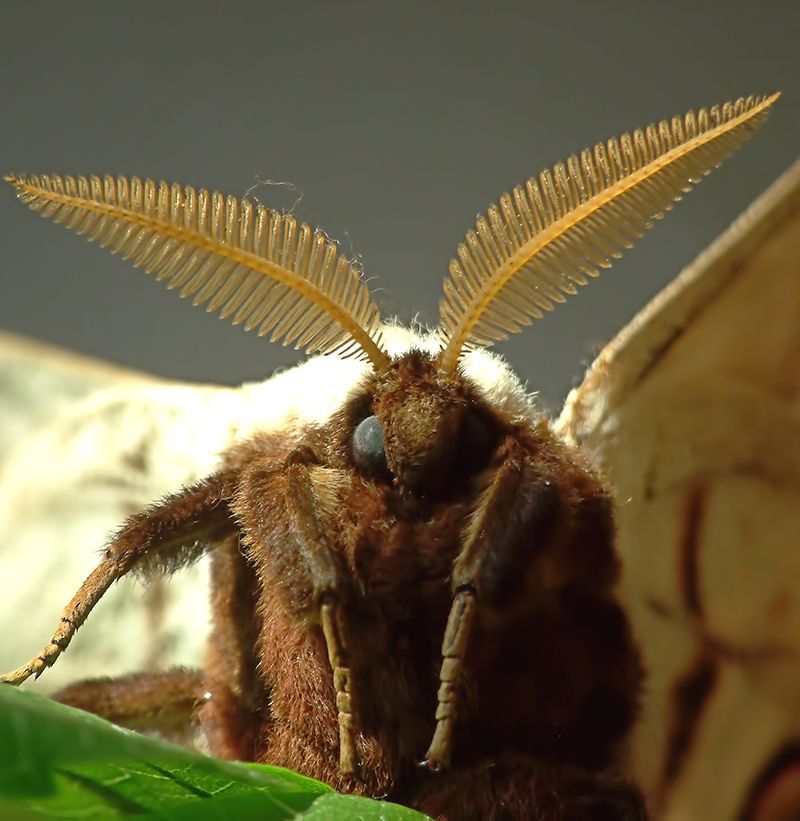Chios Nature
Flora
In Chios we encounter typical Mediterranean ecosystems. Based on the amount of rainfall, two basic forms of flora have evolved, with different mechanisms of adaptation, mainly to summer drought:
- In areas with more moisture, systems of leathery-leaved evergreen plants (maquis vegetation) are found. Species include the wild olive, kerm oak, mastic tree, common myrtle, laurel, strawberry tree, mock privet and oleander.
- In areas with less available moisture, we have scrubland covered in xerophytic sub-shrubs, which display seasonal bimorphism (they have different leaves depending on the season). Many of these plants are aromatic and medicinal herbs and spices of particular value, such as oregano, thyme, lavender, germander, savory, spurge and sea lavender. On mountainsides, forests of pine together with evergreen leathery-leaved plants create an excellent environment for uniquely delicious wild mushrooms.
Many species of plant are rare or endangered and therefore protected by special legislation such as the CITES Convention and the Convention on Biodiversity.

Orchids
Blooming together with the orchids on Mt. Pelinnaio is Fritillaria pelinaea, another rare and protected species endemic to Chios. It thrives in forested and shrubby sites and blooms from late March through April. It is included in the Red Data Book of Rare and Threatened Plants of Greece (2009 edition).
Citrus fruits

The Kampos area has been famous since the 17th century as a citrus producing area. Traditional cultivations have been preserved to this day. One of the most well known products is the Chios tangerine. The delicate scent of the citrus fruits fills the area of Kampos.

Mastic
Chios mastic is a unique product that grows only in the south of the island. The mastic trees have cultivated in Chios since the 1st century AD and the mastic was mainly had pharmaceutical uses.
The mastic producing trees are called “skinos” (pistacia lentiscus var chia). It is a perennial bush that grows up to two or three metres and lives over a hundred years.


The trees can grow in several places but only in the south of Chios they produce this unique aromatic resin called mastic. Mastic is used in the manufacturing of cosmetics, in pastry making, in the beverage and distillery industries and in pharmaceuticals.
Research has shown that it is used in the treatment of skin diseases, burns and also in the management of cholesterol and blood pressure levels. It also has antiseptic and aphrodisiac qualities.
Wine (Ariousios)

Among the most remarkable and famous products made in Chios in ancient times was its wine. The blessing of winemaking was given to the island by the god Dionysus. Theopompos says that Oinopion, who was considered the son of the god, taught the Chians to plant and cultivate vineyards and produce black wine. Undoubtedly the best of the wines of Chios was "Ariousios wine", which quickly became famous in Greece. The ships of Chios took it everywhere. It was however overly expensive and it appeared only at the most expensive and luxurious banquets.
Fauna
The nature lover visiting Chios will have the opportunity to see all kinds of habitats that are found in the Aegean, such as sand dunes, valleys, rocky areas, river banks and waterlands.
In the various habitats, different animal species can be found, such as foxes, jackals, ferrets, rabbits, hedgehogs, bats, lizards and other reptiles and amphibians, such as snakes, frogs, turtles, and birds, such as eagles, hawks, grouses etc.
Chios is also known for a kind of sheep known as the Chios sheep.



























